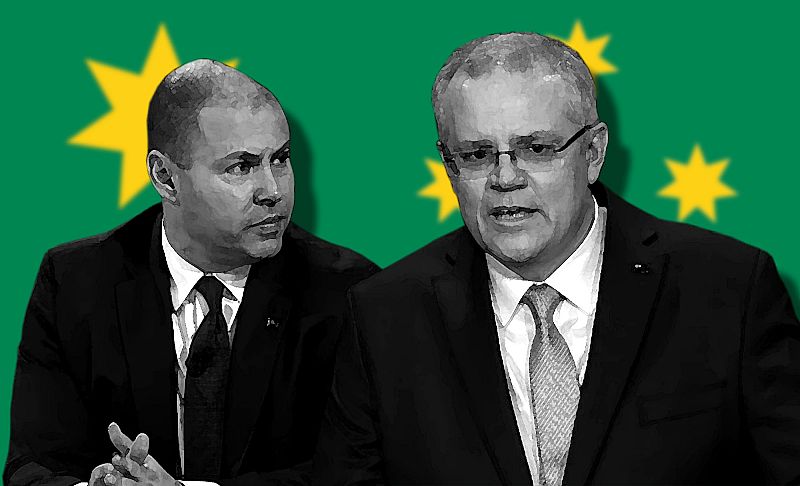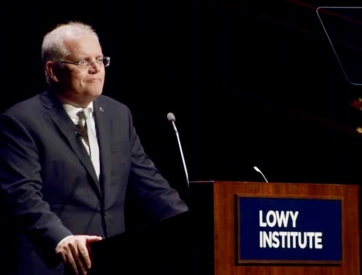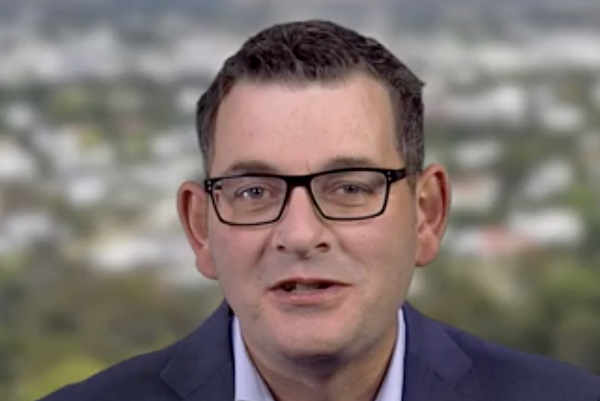Climate change advocates should consider putting forth a plan to stimulate both the economy and the environment, writes Tarric Brooker.
AFTER THE RECENT RELEASE of the second-quarter GDP figures showed the Australian economy facing its lowest annual growth since the global financial crisis, calls from the RBA and the general public for the Morrison Government to engage some sort of stimulus program continue to grow.
With the prospect of a global economic slowdown looming on the horizon, nations across the world have begun drawing up plans to insulate their economies against potential external shocks. Plans vary widely from nation to nation, but there is seemingly a common core they all share — investing in the future.
German press reports say the governing coalition is considering a proposal to spend €75 billion ($83 billion) on climate protection.
— DW Europe (@dw_europe) September 13, 2019
Speaking in Helsinki, German Finance Minister @OlafScholz warns "drastic steps" are needed.https://t.co/z66uLEIwJl
Like the rest of the world, Australia is not immune to a potential slowdown in the engine rooms of global growth and is particularly vulnerable to a potential slowdown in China, our largest trading partner.
So far, Prime Minister Scott Morrison and Treasurer Josh Frydenberg have rejected calls from the Reserve Bank to implement some sort of stimulus, to assist the economy through its current downturn.
While a potential recession presents a significant challenge to the economy and the Morrison Government, it also presents a unique opportunity to pursue a large stimulus package without the usual political baggage associated with passing big-spending legislation.
With the cost of Government borrowing at near-record lows of around 1-2 per cent, this unique set of circumstances presents an incredible opportunity for climate change advocates to put forward their own stimulus ideas, an Australian “Green New Deal”.
This prospective program could consist of shovel-ready environmentally responsible projects that have a strong business case for their success. The Aussie Green New Deal could target struggling rural towns, regions with high unemployment and suburbs lacking essential infrastructure.
The foundation of the program could consist of any projects that tick the right boxes. For example, renewable energy creation, sustainable farming and improved water infrastructure.
"The world economy needs regular doses of stimulus, and climate investment could offset much of its own cost by keeping the economy strong." @ryanlcooper examines what the leading economic model for #climatechange gets wrong: https://t.co/RJHN3jW5ga
— Roosevelt Institute (@rooseveltinst) September 5, 2019
Back in 2008, when the Rudd Government employed stimulus measures to counteract the global financial crisis, then Treasurer Wayne Swan put together a series of effective policies in near-record time to protect the economy from a potential recession.
Next time a recession or global downturn does come Australia’s way, things don’t need to be put together at a moment’s notice. The greatest minds and the most prominent figures in the fight against climate change can come together beforehand to forge a stimulus program that will be rough and quickly ready to put us back on the path to economic prosperity.
If prominent climate change advocates such as Simon Holmes à Court, Mike Cannon-Brookes and Scott Farquhar can come together with the best economic and technological thinkers in the nation, I have no doubt they could create a plan that would ultimately benefit us all.
"Our energy infrastructure is failing, the economy is screaming out for stimulus, and our Pacific neighbours are asking us for climate action: which of the words 'major investment in renewables' does the govt fail to understand?"
— Nick Feik (@NickFeik) August 16, 2019
-@gpaddymanning https://t.co/dXFowRE9E0
Of course, there will be reticence and reluctance by the Morrison Government to employ such an ambitious and expensive stimulus program. But through support for struggling communities and a strong business case for the project’s success, the Government will be compelled to at least listen.
In attempting to win over the public to their cause, climate change advocates must learn the lessons of the recent Federal Election and not repeat the mistakes of the past. The Australian people want climate change plans that will also ensure a prosperous future, with key elements as jobs and living standards squarely at the centre.
If climate change advocates can craft a program that ticks all the right economic and environmental boxes, they may have in their hands a blueprint to stimulate the economy out of a downturn and ensure that Australia does more than its fair share to combat climate change.
So climate change advocates, how about it?
Germany considers fiscal stimulus - namely, borrowing money to pay for a plan to protect against climate change: report. https://t.co/FflGOuYFlh
— Lisa Abramowicz (@lisaabramowicz1) August 8, 2019
Tarric Brooker is a freelance journalist and political commentator. You can follow him on Twitter @AvidCommentator.
teamed up with @tashellenheenan & @JonPiccini to argue that Australia needs its own Green New Deal - with guaranteed employment for all - rather than more bland, insipid centrism: https://t.co/evxWdId6Np
— jeremy poxon (@JeremyPoxon) June 20, 2019
 This work is licensed under a Creative Commons Attribution-NonCommercial-NoDerivs 3.0 Australia License
This work is licensed under a Creative Commons Attribution-NonCommercial-NoDerivs 3.0 Australia License
Support independent journalism Subscribe to IA.












